So I have been whipping up a couple of hammocks lately, and I made some continuous loops to go along with them. I made them according to Opie's excellent tutorial. I noticed that with all of my monkeying around that at least one of them had come apart just a little (about 1/4 inch). I don't think it happened under load, possibly all that loading and unloading, or maybe it was just never totally tight to start.
Anyway, from what I understand, there are two potential solutions to this. One is creating a lock with a slightly different splice. I actually have a couple of loops like this that have seen some use.
I'm sure that it is plenty strong, and lots of reputable HF vendors use this method. Personally the feel of that solid little lump of amsteel in the middle of the splice doesn't make me feel warm and fuzzy. In this case the lock is holding everything together and the buries only really serve to hide the ends and keep them from unraveling. I would prefer if the constriction was holding the weight (like in Opie's example), so I decided to lockstitch instead of locksplice.
I didn't see a tutorial for that here (perhaps those that do it consider it so simple that one would not be needed), so I am going to post a few pictures of what I did, that way those of you with all the experience can tell me if I did something wrong. I'm not trying to reinvent the wheel, I just want to make sure that the wheel I made is okay.
Samson recommends nylon twine approximately the diameter of one of the strands in the Amsteel you have spliced for the lock stitching. The masons line I had sitting around seemed like it would fit the bill perfectly so that's what I used. I think the needle might have come from Dutchware, or it might be an old darning needle. Either way it is a blunt needle with a large eye.
I started stitching about 1.5 inches from the middle of the splice, to 1.5 inches on the other side
Then I reversed direction and offset 90 degrees and stitched back to where I started
I then tied a single overhand knot, and buried the tails about 1/2 inch though the Amsteel.
Last I cut off the ends and massaged the amsteel until the ends of the mason's line disappeared. The result seems clean, and like the bury is going to hold all of the weight. I tried to avoid separating the strands on the outer layer of amsteel as I stitched, but I wasn't always totally successful.
So for those of you that stitch your buries, does this seem about right? I've only done a couple, so if you have a suggestion to make them better, I am all ears! If I hit the dirt during the learning process I'm okay with that, but I'm trying to get the wife hanging as well. If her gear fails once I will likely be doomed to a tent for all eternity, so any help is appreciated...



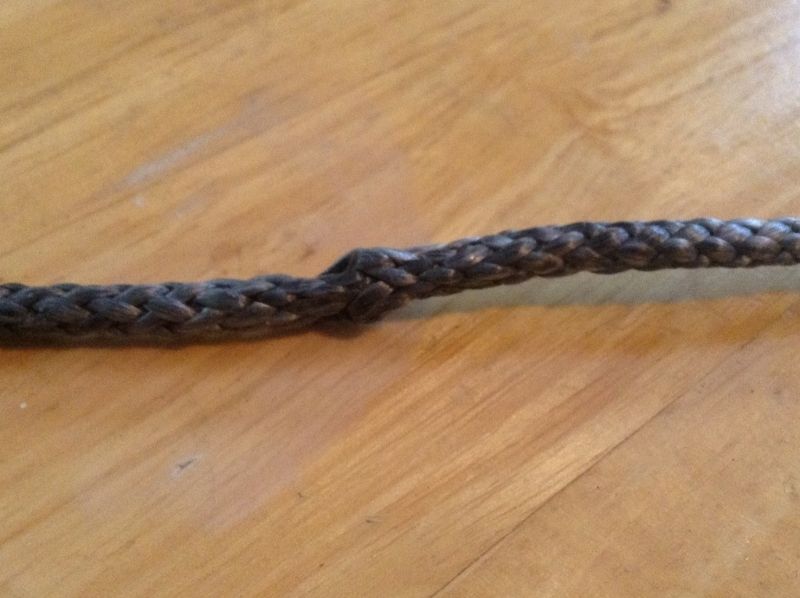

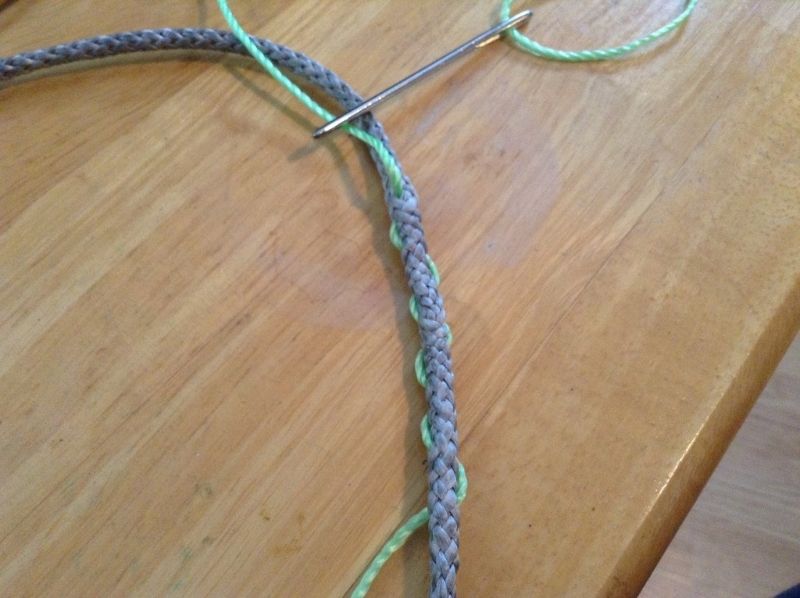
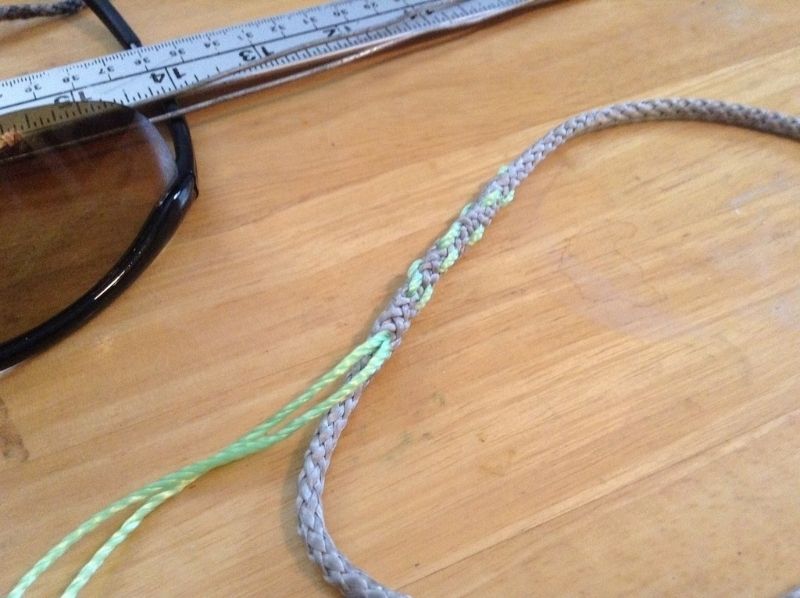
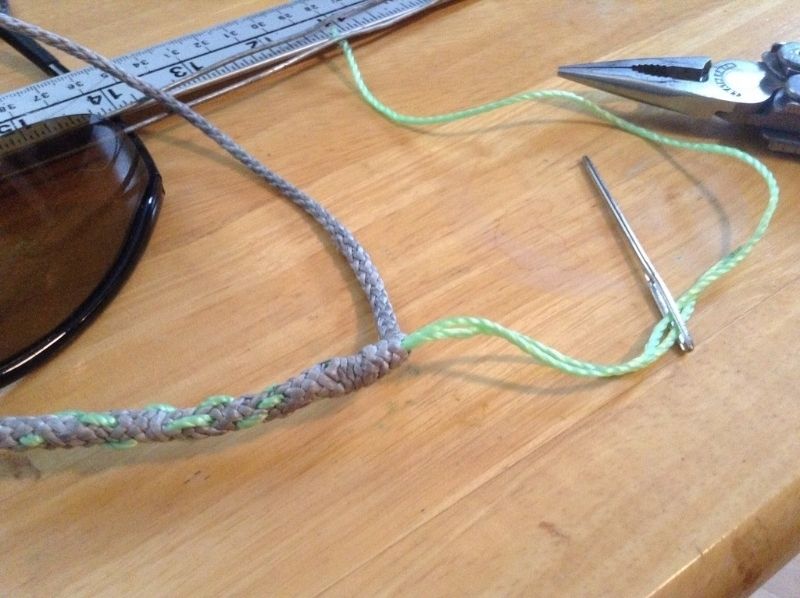
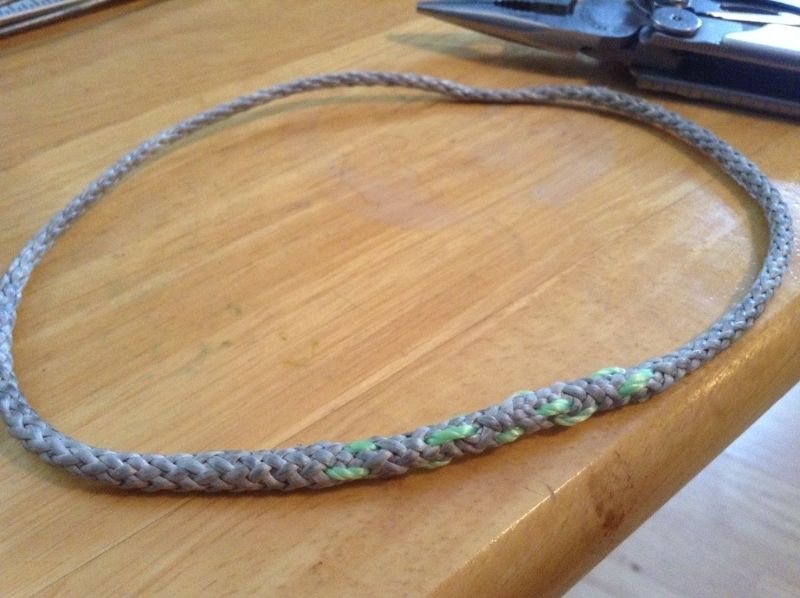

 Reply With Quote
Reply With Quote





Bookmarks